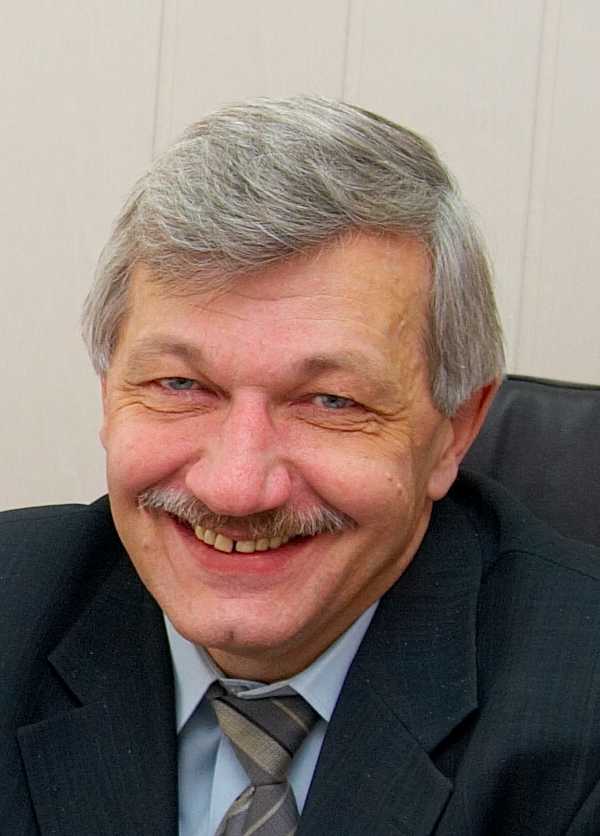Представление о высокоуровневых и низкоуровневых процессах в когнитивной психологии. Теория изменения репрезентации С. Ольссона с позиции уровневого подхода
Аннотация
Ключевые слова
Полный текст:
PDFЛитература
Печенкова Е. В., Фаликман М. В. Решение перцептивной задачи как взаимодействие между восходящими и нисходящими процессами переработки зрительной информации // Теоретическая и экспериментальная психология. 2010. № 3. С. 52-65.
Захаров И. М. Низкоуровневые и высокоуровневые процессы в восприятии иллюзорных контуров // Теоретическая и экспериментальная психология. 2015. № 3. С. 83-101.
Шифман Х. Р. Ощущение и восприятие. СПб.: Питер, 2004. 928 с.
Фаликман М. В. Внимание. М., 2006. 245 c.
Craik F. I. M., Lockhart R. S. Levels of processing: A framework for memory research // Journal of verbal learning and verbal behavior. 1972. V. 11, №. 6. P. 671-684.
Морошкина Н. В., Гершкович В. А. Актуальные тенденции в исследовании имплицитного научения // Вестник СПбГУ. Серия 16: Психология. Педагогика. 2014. № 4. С. 14-24.
Cleeremans A. Mechanisms of implicit learning: Connectionist models of sequence processing. Massachuset: MIT press, 1993. 227 p.
Дормашев Ю. Б., Романов В. Я. Психология внимания. М.: Тривола,1995. 347 с.
Shiffrin R. M., Schneider W. Controlled and automatic human information processing: II. Perceptual learning, automatic attending and a general theory // Psychological review. 1977. V. 84, № 2. P. 127-190.
Карабанов А. П. Современные направления исследования аффективных механизмов принятия решений // Вестник РГГУ. Серия «Психология. Педагогика. Образование». 2017. № 3. С.167-182.
Брунер Дж. Олвер Р., Гринфилд П. Исследование развития познавательной деятельности. М.: Педагогика.1971. 391 с.
Пиаже Ж. Избранные психологические труды. М.: Просвещение, 1969. 659 с.
Bilalić M., McLeod P., Gobet F. Why good thoughts block better ones: The mechanism of the pernicious Einstellung (set) effect // Cognition. 2008. V. 108, № 3. P. 652-661.
Reingold E. M., Sheridan H. Eye movements and visual expertise in chess and medicine. Oxford, 2011. 550 p.
Duncker K. On problem solving // Psychological Monographs. 1945. Vol. 58(5). P. 1-113.
Wason P. C., Shapiro D. Natural and contrived experience in a reasoning problem // Quarterly Journal of Experimental Psychology. 1971. V. 23, № 1. P. 63-71.
Jonhson-Laird P. N., Legrenzi P., Legrenzi M. S. Reasoning and a sense of reality // British journal of Psychology. 1972. V. 63, № 3. P. 395-400.
Griggs R. A., Cox J. R. The elusive thematic-materials effect in Wason’s selection task // British Journal of Psychology. 1982. V. 73, № 3. P. 407-420.
Maier N. R. F. Reasoning in humans. I. On direction // Journal of comparative Psychology. 1930. V. 10, № 2. P. 115.
Ярбус А. Л. Движения глаз при восприятии сложных объектов. М.: Наука, 1965. 148 c.
Логинов Н. И., Спиридонов В. Ф. Воплощенное познание как современный тренд развития когнитивной психологии // Вестник Санкт-Петербургского университета. Серия 16. Психология. Педагогика. 2017. Т. 7, № 1. С. 25-42.
Grant E. R., Spivey M. J. Eye movements and problem solving: Guiding attention guides thought // Psychological Science. 2003. V. 14, № 5. - P. 462-466.
Thomas L. E., Lleras A. Swinging into thought: Directed movement guides insight in problem solving // Psychonomic bulletin & review. 2009. V. 16, № 4. - P. 719-723.
Werner K., Raab M. Moving to solution // Experimental Psychology. 2013. № 1. P. 403-409.
Siegler R. S., Stern E. Conscious and unconscious strategy discoveries: A microgenetic analysis // Journal of Experimental Psychology: General. 1998. V. 127, № 4. P. 377.
Ellis J. J., Glaholt M. G., Reingold E. M. Eye movements reveal solution knowledge prior to insight // Consciousness and cognition. 2011. V. 20, № 3. P. 768-776.
Intuition in the context of discovery / K. S. Bowers [et al] // Cognitive psychology. 1990. V. 22, № 1. P. 72-110.
Shames V. A. Is there such a thing as implicit problem-solving. Tucson: University of Arizona, 1994. 77 p.
Metcalfe J., Wiebe D. Intuition in insight and noninsight problem solving // Memory & cognition. 1987. V. 15, № 3. P. 238-246.
Валуева Е. А. Сигнальная модель инсайта: основные положения и соотношение с научными взглядами Я. А.Пономарева // Психологический журнал. 2015. Т. 36, № 6. С. 35-44.
Luchins A. S. Mechanization in problem solving: The effect of Einstellung // Psychological monographs. 1942. V. 54, № 6. P. 1-95.
Владимиров И. Ю., Карпов А. В., Лазарева Н. Ю. Роль управляющего контроля и подчиненных систем рабочей памяти в формировании эффекта серии // Экспериментальная психология. 2018. Т. 11, № 3. С. 36-50.
How working memory provides representational change during insight problem solving / S. Korovkin [et al.] // Frontiers in psychology. 2018. V. 9. P. 1864.
Ohlsson S. Deep learning: How the mind overrides experience. Cambridge: Cambridge University Press, 2011. 523 p.
Ohlsson S. Information-processing explanations of insight and related phenomena //Advances in the psychology of thinking. 1992. V. 1. P. 1-44.
Constraint relaxation and chunk decomposition in insight problem solving / G. Knoblich [et al.] // Journal of Experimental Psychology: Learning, memory, and cognition. 1999. V. 25, № 6. 1534 p.
Öllinger M., Jones G., Knoblich G. Investigating the effect of mental set on insight problem solving // Experimental psychology. 2008. V. 55, № 4. P. 269-282.
Ellis J. J. Using eye movements to investigate insight problem solving. Cambridge, 2012. 111 p.
DOI: http://dx.doi.org/10.18255/1996-5648-2019-3-94-101
Ссылки
- На текущий момент ссылки отсутствуют.
Контент доступен под лицензией CC BY 4.0
ISSN 1996-5648 (Print)
ISSN 2658-3844 (Online)








